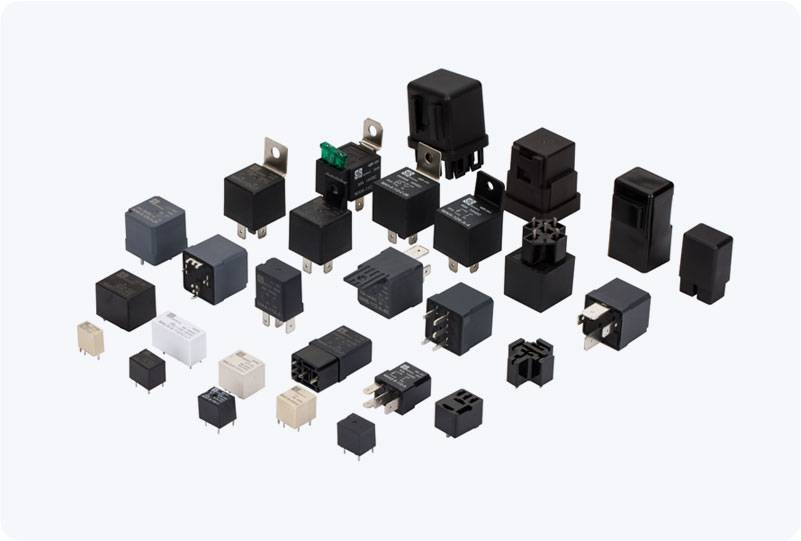Automotive relays play a crucial role in modern vehicles, acting as switches to control high-power components with low-power signals. These relays are essential in various automotive systems, including lighting, heating, air conditioning, and engine control units. However, one of the most significant challenges these relays face is functioning efficiently in extreme temperatures. Whether it’s the freezing cold of winter or the scorching heat of summer, automotive relays must operate reliably to ensure vehicle systems perform optimally. This article explores the challenges automotive relays encounter in extreme temperature conditions and the solutions manufacturers employ to address these issues.

Challenges of Automotive Relays in Extreme Temperatures Automotive relays are exposed to a wide range of temperature fluctuations, often more severe than those faced by typical electrical components. The automotive environment is known for its extreme conditions, with temperatures ranging from -40°C in cold climates to over 120°C in hot conditions, especially in the engine compartment. These temperature extremes present several challenges for relays: Thermal Expansion and Contraction: As temperatures fluctuate, materials in the relay expand and contract. This constant cycle of expansion and contraction can lead to mechanical stress on the relay’s components, potentially causing wear and tear. Over time, this can lead to relay failure or reduced reliability.